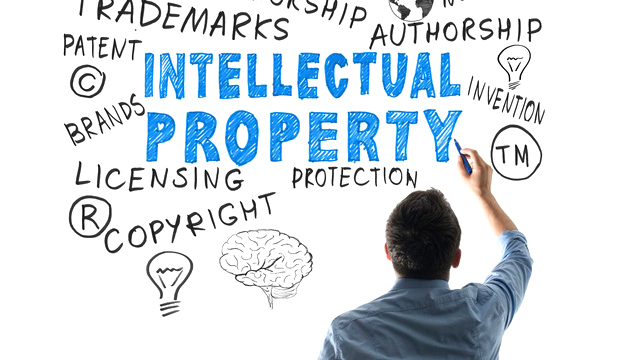
Valuation of intangible assets in businesses, organizations and individuals today is extremely important, intangible assets create their own values in the market to ensure that businesses, organizations and individuals have resources. Stable income and strong growth opportunities.
The value of a business now no longer lies in tangible assets such as real estate, machinery, construction, factories ... but in intangible assets such as: Brand value. , intellectual property rights, commercial rights, databases, information, human resources, business secrets, customers, ... That are the factors that make the difference of the Enterprise.
Intangible assets No. 13 valuation standards are assets without physical form and capable of creating economic rights and benefits. Intangible assets must simultaneously satisfy the following conditions:
On 7 January 2014, the Ministry of Finance issued Circular 06/2014 / TT-BTC on Promulgating Criteria for Valuation No. 13 Valuation of intangible assets, intangible assets which are non-material properties. quality and ability to create economic rights and benefits.
This standard prescribes and guides the evaluation of intangible assets to serve the purposes of buying, selling, transferring, mortgage, consolidating and merging enterprises, contributing capital, distributing profits, bankruptcy disputes and proceedings and other purposes as prescribed by law.

1. Types of intangible assets
2. Purpose of appraising intangible assets
The value of fixed assets has no physical form, it represents a value of the investment in installments, calculated into the product cost, such as the value of buying copyrights, patents, patents, etc.
3. Method of appraising intangible assets
3.1 Income method:
This valuation method is based on income based on the basic principle that the value of an intangible asset will be calculated from the economic benefits (ie income / cash flow) that asset brings. again in the future. The two most common approaches are capitalization of income and discounted cash flow analysis (the approach from income determines the value of intangible assets through the present value of income, cash flows). and the costs saved by intangible assets). The income-based approach consists of three main methods: the method of using intangible assets, the method of superior profits, and the method of increasing income.
3.2 Market-based valuation method
The market-based valuation method is conducted by comparing and analyzing the information of the subject of valuation with similar intangible assets with market prices, or asset ownership benefits. intangible and the securities were sold on the open market. The two most commonly used data sources are markets in which the interests of owning similar intangible assets are traded, and previous transactions of intangible asset ownership have been conducted. Appraisers use at least 03 similar intangible assets for comparison. In case only information collected from two similar intangible assets has been traded on the market, the price appraisal results from the market approach may only be used for checking and comparing with the results of price appraisal. acquired from another approach.
3.3 Cost-based valuation method
The cost method is found based on the principle of substitution. This means that the value of an asset will not be greater than the cost of replacing its constituent parts. The approach from the estimated cost of intangible assets is based on the cost of reproducing intangible assets similar to the prototypes with assets subject to valuation or replacement cost to create an equivalent intangible asset. have the same function and utility at current market prices. The cost-based approach consists of two main methods: the renewable cost method and the alternative cost method.
The replacement or reconstruction costs in the cost method include the following: The cost of labor, raw materials, and the cost of the tangible tangible assets necessary to promote the value of intangible assets, maintenance costs (for example, advertising costs to maintain the brand's position, cost of product quality management, etc.), registration fees for establishing rights to assets intelligence, research and development costs and other reasonable costs.
4. Dossiers requesting evaluation of intangible assets
 Tòa nhà SongDo Tower, số 62A Phạm Ngọc Thạch, phường Võ Thị Sáu, Quận 3, TP.HCM
Tòa nhà SongDo Tower, số 62A Phạm Ngọc Thạch, phường Võ Thị Sáu, Quận 3, TP.HCM
 0283. 888 8583 - 0908 337 526
0283. 888 8583 - 0908 337 526
 info@thamdinhgiaviet.vn
info@thamdinhgiaviet.vn
 www.thamdinhgiaviet.vn
www.thamdinhgiaviet.vn